What to plant after potatoes? Several rules for crop rotation

The love of working on the land is apparently included in the genotype of our people. This love is inherent not only to farmers and peasants who constantly work on the land, but also to many hereditary city dwellers. In particular, the spread of vegetable gardening in our country is almost universal; it is no secret that during the turbulent years of the country’s transition to a market economy, many families were literally able to survive precisely thanks to the products obtained from their own gardens.
Content:
Introduction
There are ideas that modern agricultural technology tends to use extremely complex and expensive crop production technologies that are beyond the capabilities of individual small farmers. Of course, such phenomena do exist. However, there are also some relatively simple rules and techniques, the use of which can significantly increase the useful output and productivity of even small gardens without significant and burdensome financial costs for the family budget. In addition to this, which is especially pleasant, a lot of effort will be saved. In this regard, special attention should be paid to potatoes, as the main garden crop in Russia.
Rules for crop rotation
Many gardeners know that the most important component and guarantee of a good harvest is compliance with the rules of crop rotation.
The simplest example: one crop cannot be planted in the same area for several years in a row. Consequently, it is necessary to select several zones on the site and annually (in some cases, once every two to three years) to “shuffle” the vegetables being grown. This is where the main difficulties begin, since in order to “move” correctly you must adhere to a number of rules.
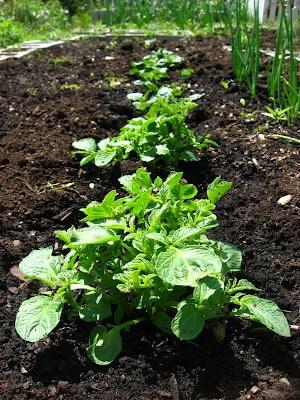
For example, to find the answer to the question of what to plant after potatoes, you should take into account certain features of this culture. So, this plant takes a fairly large amount of phosphorus and potassium from the ground, so before planting a new crop, the area must be fertilized with potassium sulfate, double superphosphate and urea.
Planting crops after potatoes
The most successful followers of potatoes are the so-called green manure (that is, plants that are grown for the purpose of subsequently applying them to the ground as fertilizer), for example, mustard, oats, peas, rapeseed and phacelia. Also, the area where potatoes were grown can be planted with pumpkin.
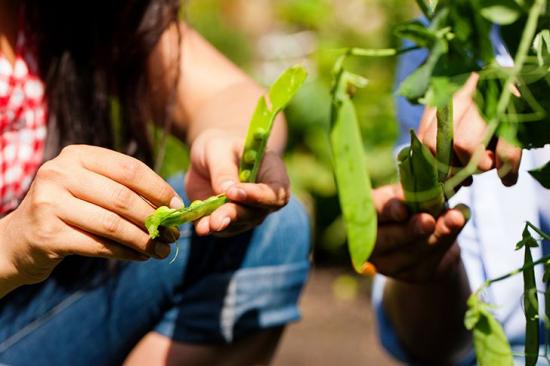
What is not recommended to plant after potatoes? The answer to this question is quite simple: those plants that are susceptible to the same diseases as potatoes. These include nightshades (eggplant, tomato, etc.), as well as peppers. Otherwise, after potatoes, you can grow almost any crop, while adding a sufficient amount of organic and mineral fertilizers to the soil.
If you do not plan to plant potatoes right away, but plan to do this in the coming years, then in areas intended for planting potatoes in the future, you can plant zucchini, cucumbers, pumpkins, cabbage, squash, beans, and onions.After them, planting potatoes will give a good harvest.
Helpful neighborhood
As another effective alternative to traditional garden agricultural technologies, we can offer the parallel cultivation of various crops in adjacent areas of the same garden.
As it turned out, many plants, when using this method, do not compete with each other, but even act in a kind of symbiosis. So potatoes get along well with:
- white cabbage
- onions
- eggplants
- corn
- spinach
- mint
- damn
- garlic
- beans
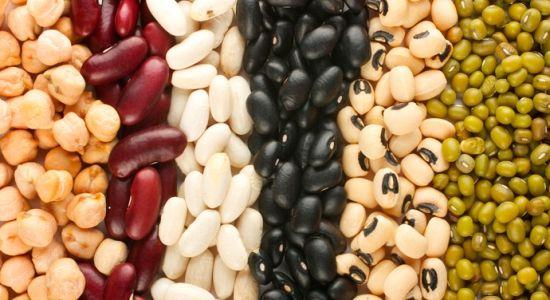
At the same time, it protects the beans from bruchus, in return it feeds the potatoes with nitrogen.
Beneficial complementarity between all the plants listed above is possible because they take moisture from different soil horizons. As practice has repeatedly shown, growing potatoes together with compatible plant species strengthens them, reduces the number of diseases in their bushes, and they are able to produce consistently high yields when grown for many years in one place. In this regard, beneficial neighbors for potatoes are carrots, radishes, dill, garlic, lettuce, and beans.
By the way, beans planted in potato rows repel Colorado potato beetle. Catnip, coriander, tansy and nasturtium can do the same. And the phytoncides of garlic and onions quickly destroy the pathogenic late blight fungus, which often infects potatoes.
Conclusion
As we said above and as we see in practice, there is nothing particularly complicated in the recommendations given. They do not require the use of any special agricultural machinery or chemicals, special buildings or similar measures. Compliance with the above simple rules will give you high yields and reliably preserve the fertility of your land for many years.


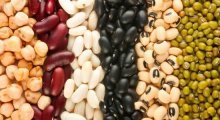
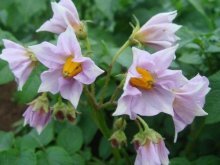
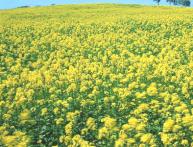
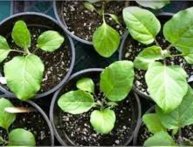
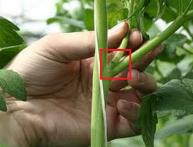

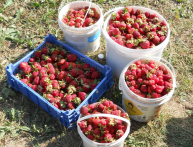
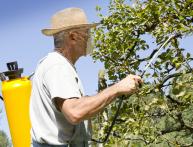


Comments
What are the common diseases in root crops and the nightshade family? Colorado beetles? Study agricultural technology, potato growing. There are still no scientifically confirmed facts that would say that there are plants that cannot be planted in place of potatoes, except for the potatoes themselves. They created a topic, but while they were writing, they forgot what it was dedicated to? In addition, note that after harvesting potatoes, depending on the method, timing of harvesting and the condition of its tops, the nth amount of nitrates remains in the ground, which is important to consider in further crop rotation.
I always plant beans in a hole with potatoes. It does not interfere with hilling, does not require watering, and the beans are harvested earlier than potatoes. And next year I will plant white cabbage in this place.
Does this mean that you can burn potato tops after harvesting? Or is this not enough to replenish the phosphorus and potassium content? In our area, the most traditional fertilizer is manure. Moreover, it is believed that the more, the better. Saltpeter has practically disappeared from the shelves...
In Central Asia, it is customary to sow carrots and radishes after potatoes. They feel great and produce a good harvest. Thus, it is possible to harvest two crops per year from one plot.
After potatoes I plant peas, you can never have too many of them! First of all, the child loves it, and what remains is frozen for the winter. Two years of potatoes, a year of peas, and order! Once I planted beans. but the family doesn’t really like her, and peas are a thing!